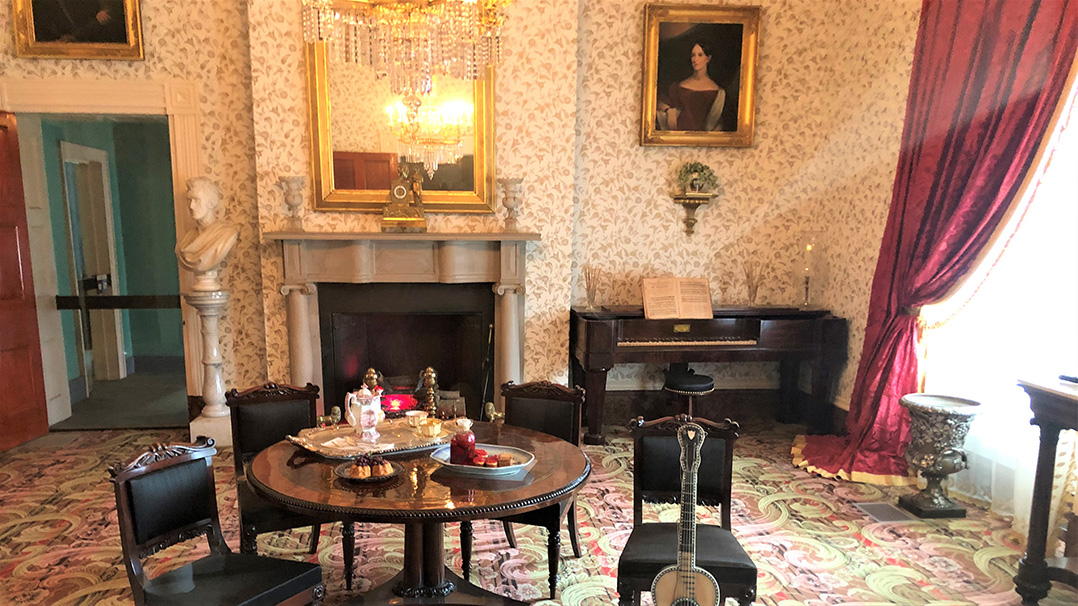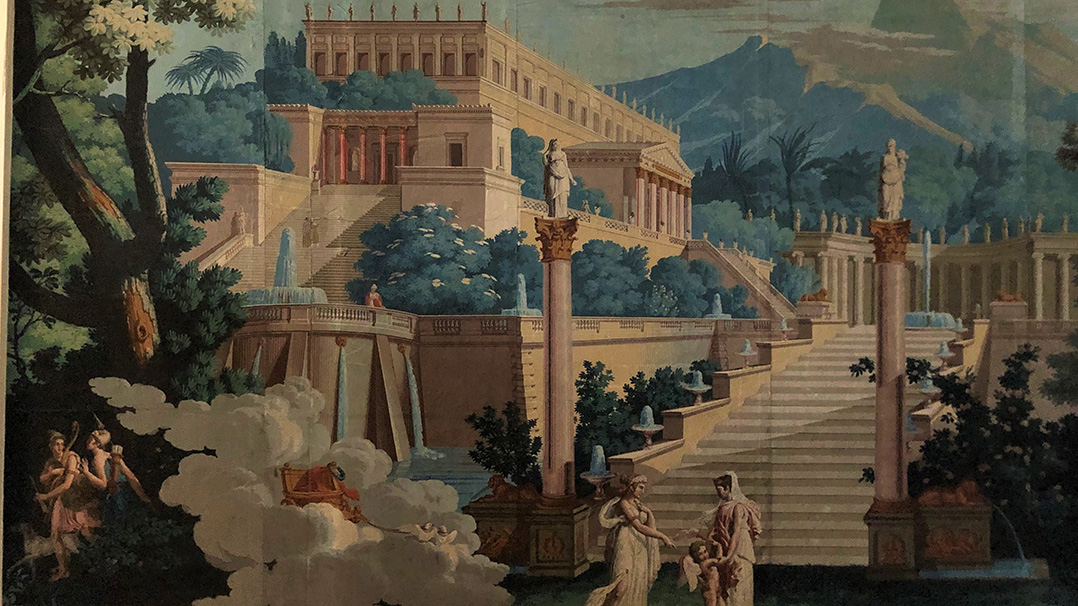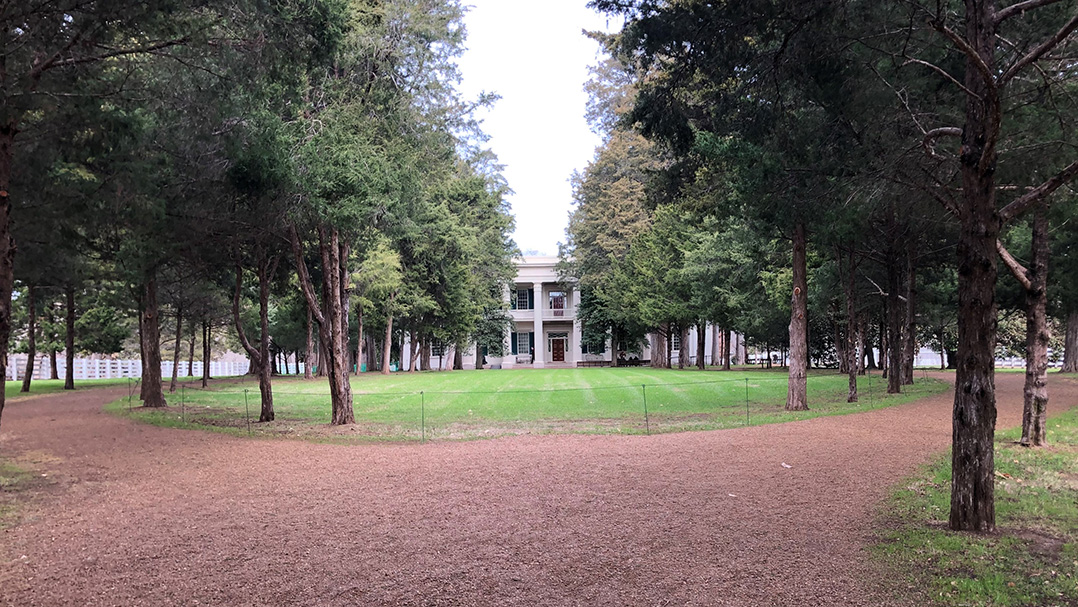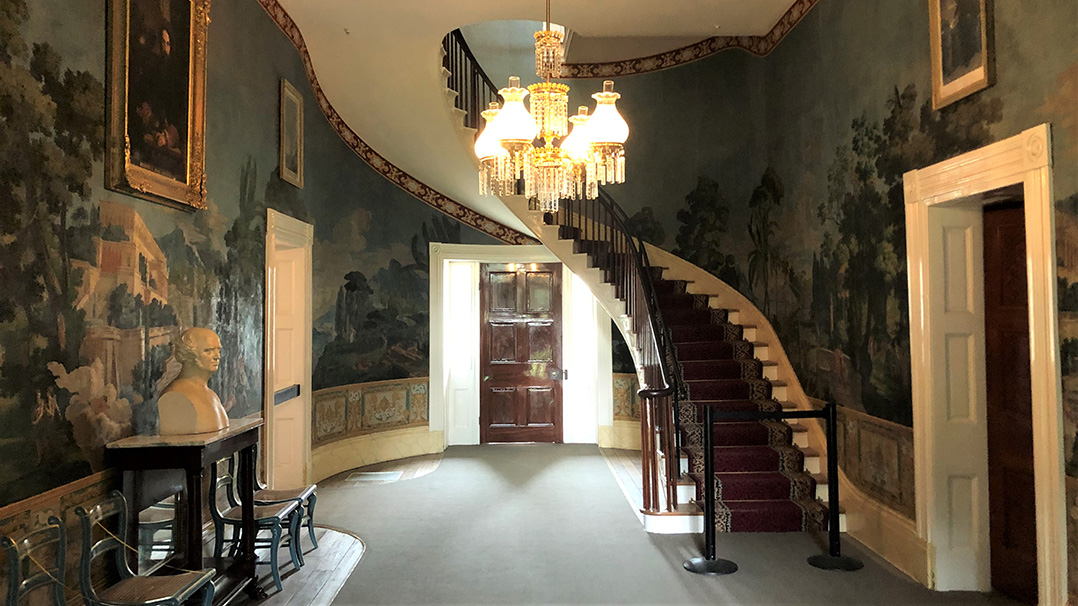Today, we visit The Hermitage, Andrew Jackson’s famous estate about 10 miles east of downtown Nashville, Tenn.
Andrew Jackson, a war hero and seventh president of the United States, was also a lawyer, merchant, tavern owner, land speculator, planter, racehorse breeder and judge. In 1804, after losing a farm because of a business failure, he and his wife, Rachel, purchased 425 acres for growing cotton and raising horses. The plantation, named The Hermitage, was later expanded to 1,050 acres, operated by more than 150 enslaved people who lived in cabins on the property.
Beginning in 1819, the Jacksons built an eight-room Federal-style brick house on the grounds, flanked by a formal garden. When Rachel died in 1828, she was buried in the garden. In 1831, during Jackson’s first term as president, he expanded the house, which was severely damaged in a fire three years later. Jackson then built an elegant Greek-revival mansion on the existing foundation. The 13-room house featured a large entry hall lined with French wallpaper depicting scenes from Homer’s “Odyssey.” A self-supporting elliptical staircase led to four upstairs bedrooms. Visitors approached the house on a guitar-shaped driveway lined with cedar trees.
In 1837, after his second term as president, Jackson returned to The Hermitage, where he lived until his death in 1845. He was buried alongside Rachel beneath a colonnaded Greek-style monument evoking the entry hall wallpaper. In 1998, an F5 tornado hit the property, uprooting 1,000 trees, including those planted by Jackson almost 200 years earlier.
Today, The Hermitage, including 1,000 acres of land, is open to the public. The mansion, which includes original furnishings, is considered the best preserved of all early presidential homes. A visitors’ center provides information about Andrew Jackson’s life and family. Special attention is given to the enslaved persons who worked and died at The Hermitage.






